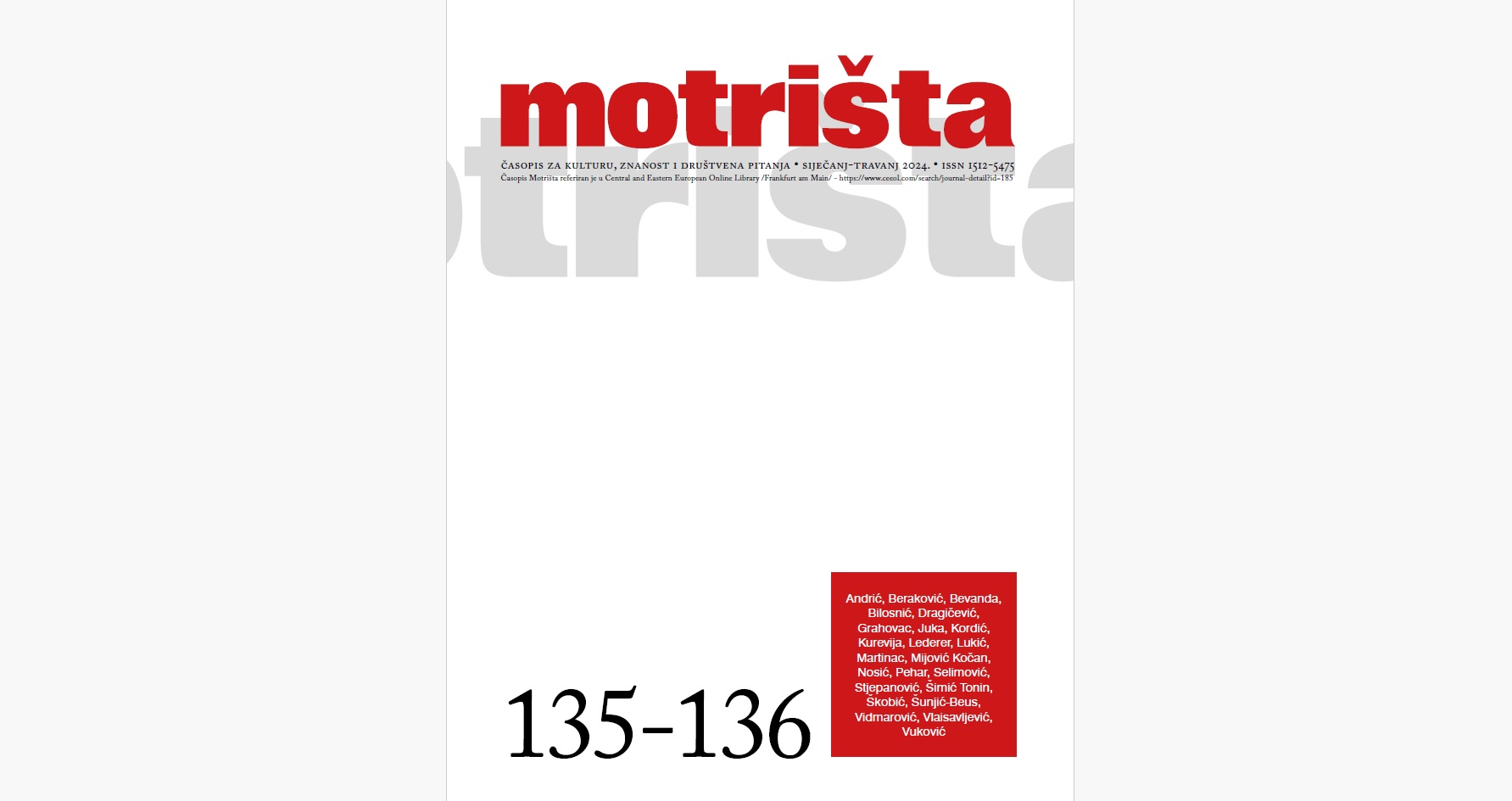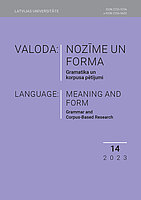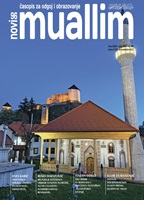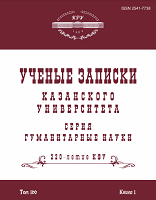Author(s): Irena Smetonienė,Marius Smetona / Language(s): Lithuanian
Issue: Supplement/2023
Every concept has its own history and its own prehistory, without which it is impossible to understand both complex and simple phenomena of life, and this article provides a brief overview of the development of rhetoric and stylistics from antiquity to the present day. It focuses on the formation and development of stylistics and rhetoric in Lithuania. Rhetoric, as one of the most important liberal arts, was still taught in Lithuania in the 16th and 18th centuries, together with dialectics and logic, the most famous works being: “Oratoriaus praktika, arba retorikos meno taisyklės” [The Practice of the Orator, or the Rules of the Art of Rhetoric] by Žygimantas Liauksminas, “Poetika” [ Poetics] by Motiejus Kazimieras Sarbievijus, “Apie taisytinas iškalbos ydas. Apie meną gerai mąstyti, būtiną gebėjimui gerai kalbėti” [On the Correctable Faults in Eloquence. On the Art of Good Thinking Necessary for Good Speaking] by Stanislovas Konarskis, “Apie iškalbą ir poeziją” [On eloquence and Poetry] by Pilypas Nerijus Golianskis and others. In Lithuania, works on stylistics in the national language appeared later, only at the end of the 1910s. The first Lithuanian work on stylistics was written in 1918 by Kazys Bizauskas under the title “Raštijos bei literatūros teorija” [Theory of Writing and Literature]. The second author, Motiejus Gustaitis, called his “Stilistika” [Stylistics] (1923) “a textbook for the theory of literature” in its subtitle. Juozas Ambrazevičius gave a similar title to his work “Literatūros teorija. Poetika” [Literary Theory. Poetics] (1930, second edition in 1936). During the Soviet period, quite a number of writers wrote on stylistic issues, including Kazimieras Župerka, Audronė Bitinienė and Juozas Abaravičius. The most extensive and comprehensive “Lietuvių kalbos stilistika” [Stylistics of the Lithuanian Language] by Juozas Pikčilingis was also prepared at that time. After the restoration of independence, rhetoric thrived. In 1999, Regina Koženiauskienė wrote her fundamental work on rhetoric “Retorika: Iškalbos stilistika” [Rhetoric: The Stylistics of Elocution]; “Juridinė lingvistika” [Legal Linguistics] was published in 2005; and, in 2013, “Rhetorical and Stylistic Analysis of Publication Texts” was released. Referring to the revival of rhetoric, it is necessary to mention Irena Buckley, Professor at Vytautas Magnus University. She is the author of the monographs “Retorikos tradicija XIX amžiaus lietuvių literatūroje” [The Rhetorical Tradition in 19th-Century Lithuanian Literature] (2006) and “L’Eden lituanien et la Babylone française: les contacts culturels franco-lituaniens au XIXe siècle” [Lithuanian Eden and French Babylon: Franco-Lithuanian Cultural Contacts in the 19th Century] (co-author with Marie-France de Palacio, 2012). The first monograph presents a clear conception of rhetoric, applying rhetorical analysis principles to 19th-century Lithuanian literature and updating the tradition of rhetorical culture in Lithuania. Teaching of rhetoric adheres to the classical canon rediscovered during the global revival of rhetoric. However, evident changes are occurring, as everything in the world undergoes reevaluation, from social relations and value systems to language. The established understanding within the rhetoric canon is being disrupted, and new rules and traditions are taking shape. These innovations are noted to initially emerge in the USA, then spread to Europe, eventually reaching Lithuania.
More...
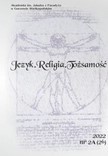

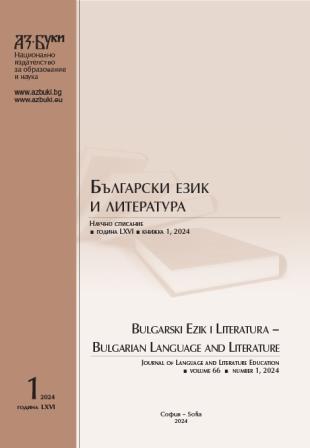
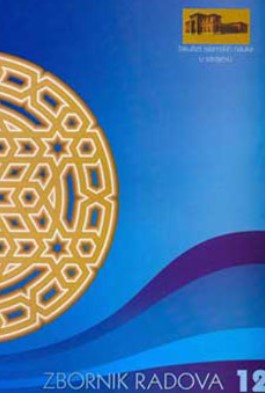
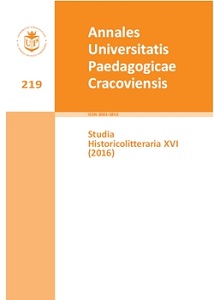
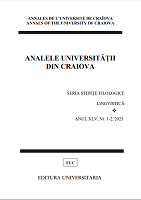
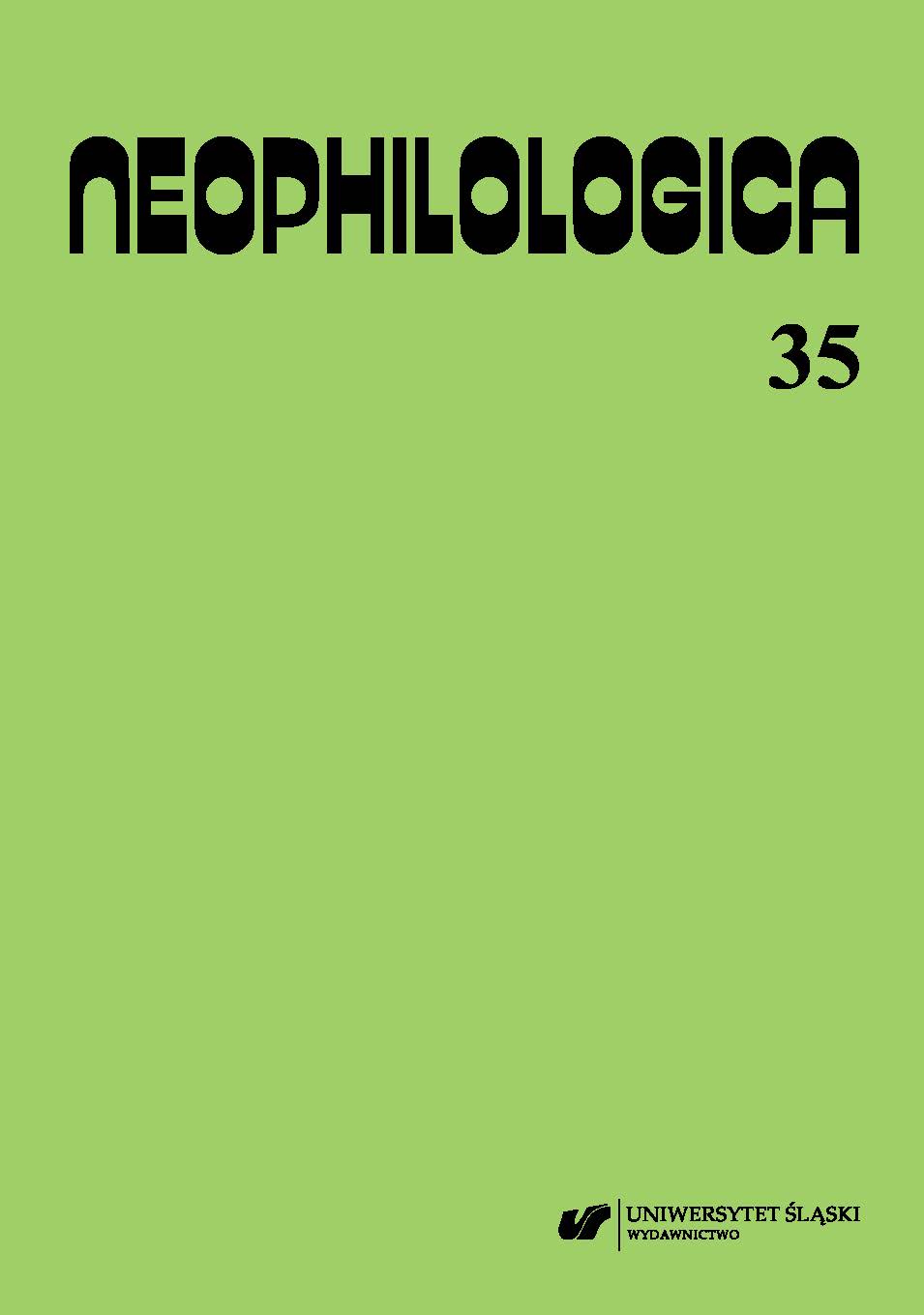
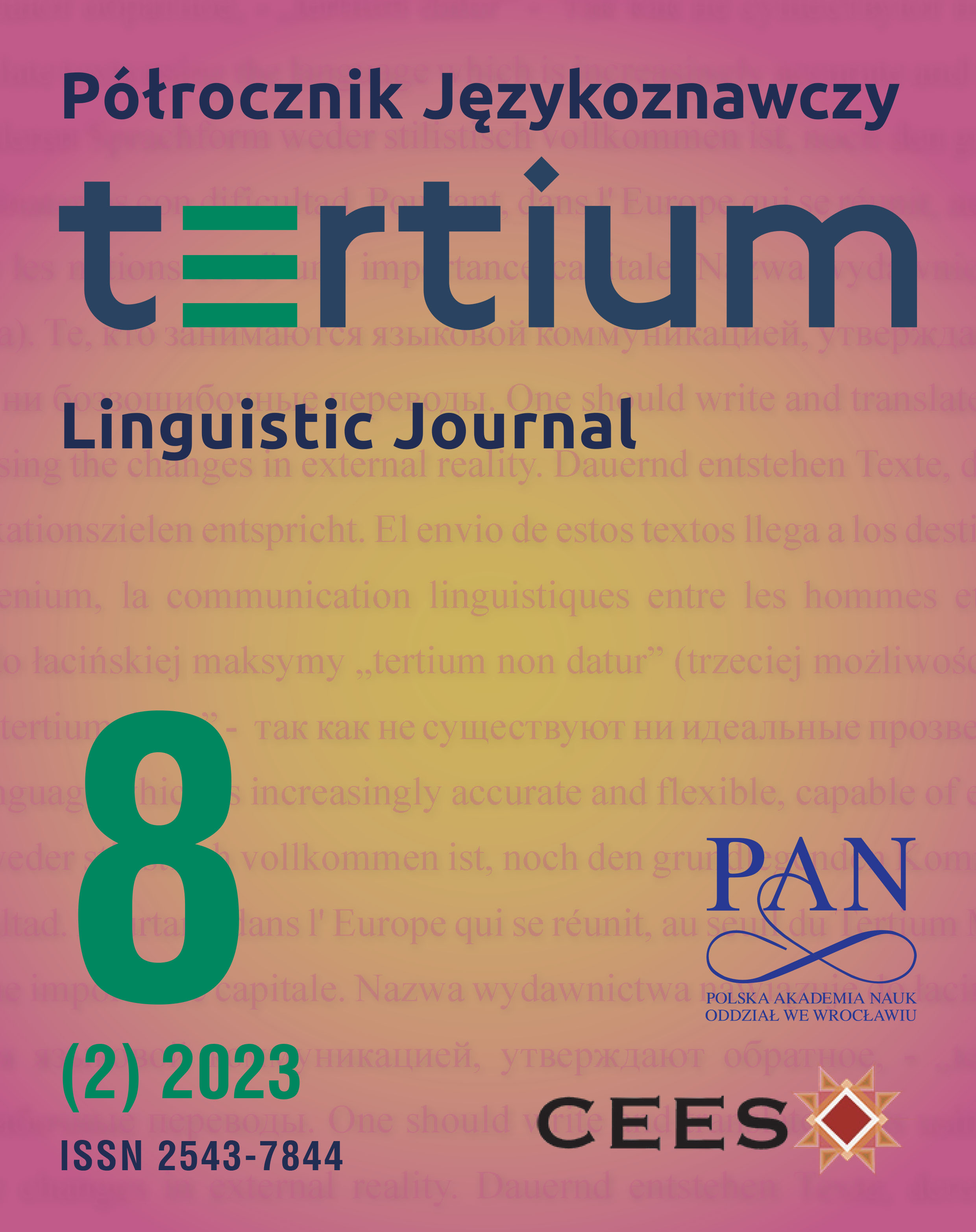
![Étude des insertions bibliques dans l’ouvrage du Métropolite Varlaam, Răspuns împotriva Catihismusului calvinesc [Réponse au Catéchisme calviniste]](/api/image/getissuecoverimage?id=picture_2023_82158.jpg)

